Worlds Championship 2024 - Where Data and Esports meet
30 Oct 2024
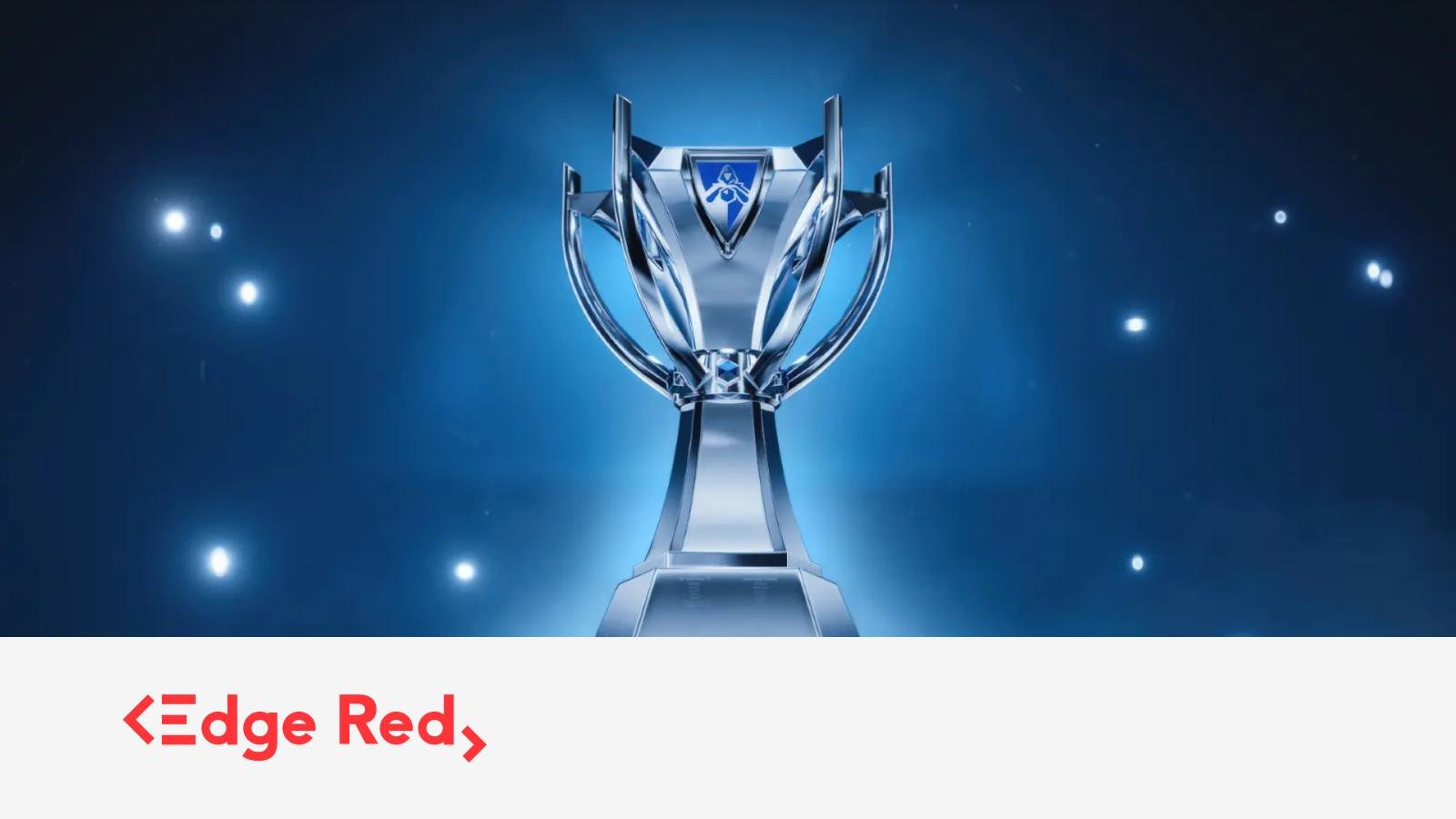
With the League of Legends Worlds Championship 2024 finals approaching this weekend, and BLG facing off against T1, let’s deep dive into champions picks and bans this year, as well as an in depth analysis of each player’s performance over the tournament. Find out who our analysts think are going to win this year!
Esports – a growing entertainment industry
Esports events as a whole continue to grow in viewership. More importantly, League of Legends (LOL), a Multiplayer Online Battle Arena (MOBA) game, hosts an annual global championship and consistently maintains the top spot for most viewed esports event of all time. Currently, LOL’s 2023 Worlds Championship finals holds the crown for having accumulated a peak viewership of 6,402,760.
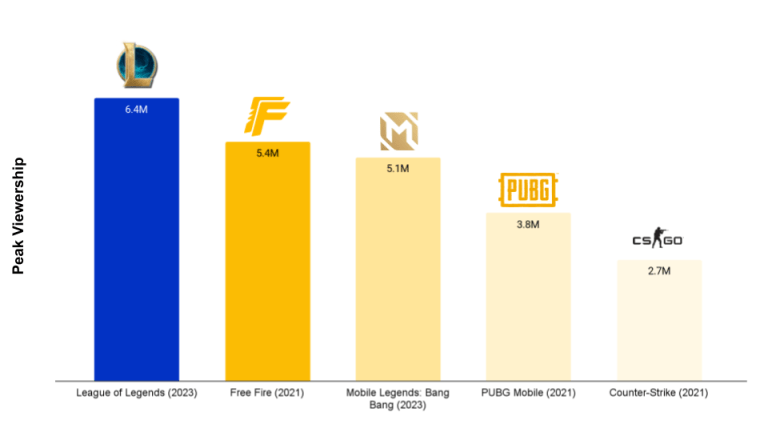
The success of these events can be attributed to a variety of reasons, such as the popularity of the game, or iconic professional players such as Faker. In addition, these broadcasts are hosted virtually on various platforms such as Twitch and YouTube live. This allows easy access to viewers globally, compared to traditional cable TV . Regardless of the reason, it is undeniably a highly anticipated event with a huge audience that is continuing to grow.
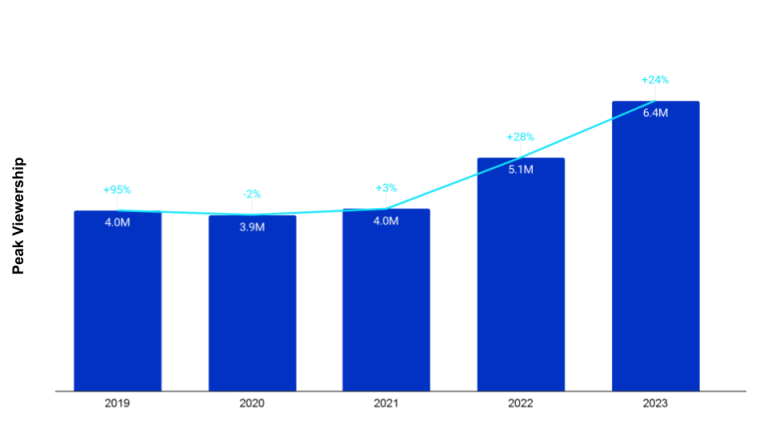
Although the 2023 finals still holds the top viewership position, the current 2024 Worlds Championship has already amassed a peak of 4,977,721 viewers during the semifinals match-up between T1 and Gen G on the 27th of October 2024 (esports chart).
The Changing Meta – Champion pick and ban rates
In LOL, the ‘most effective tactics available’ (meta) refers to the dominating representation of champions (in-game characters) that are played during a season (version) of the game. At the start of every game, the players enter a ‘draft pick’ stage, where they have the option to ban 5 champions (meaning these champions cannot be played), and pick 5 champions (1 for each designated role in the game) as shown below:

During the 2024 LOL Worlds Championship, the new meta (patch 14.18) is mixing things up on the rift (arena) and creating an exciting watch experience. With many players having their pocket (unexpected) picks, a total of 89 unique champions, out of 168 available champions, made an appearance at Worlds from Swiss stage to Semi-finals. Across the 77 games played in the tournament, what champions have been dominating the Worlds stage this year? And which ones do the professional players think are too challenging to play against?
Starting with ban rates – the number of times the champion is banned over the total number of games played across the tournament. The most banned champions this year share some common battle traits: the ability to be played in multiple roles, thus creating unpredictability for the opposing team to match-up against; as well as ‘area of effect’ (AOE) abilities that can damage multiple enemies in one use.
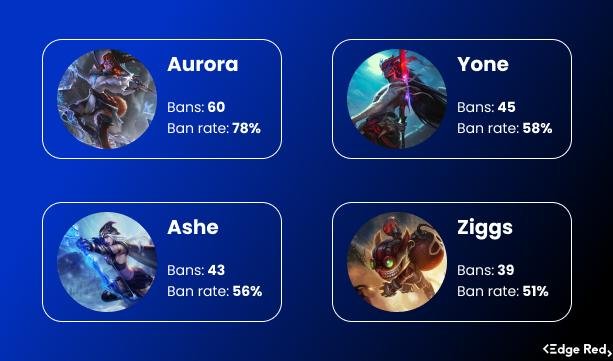
The most picked and played champions this year by roles – the number of times the champion has been picked and played in their respective roles, over the number of total games played in the tournament. Currently, the most picked champions reflect a more aggressive and engage-focus meta. The most popular champions for each role also share a main common trait – their ability to collapse onto a chosen target reliably.
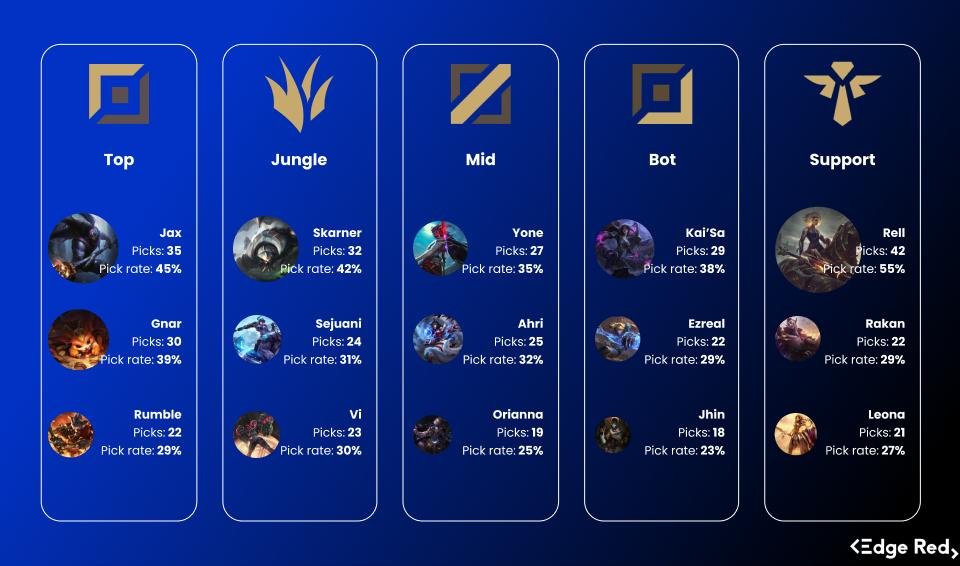
The Final Face-off of 2024 – BLG vs T1
The 2024 LOL Worlds Championship finals is set to start on Sunday 3rd Nov 1am (AEST) in London! The finalists: BiliBili Gaming (BLG) will be representing the League of Legends Pro League (LPL) from China, and T1 representing the League of Legends Champions Korea (LCK). Let’s recap on their performance at Worlds this year.
The overall team’s performance is represented by their win rate – percentage of total games played that they’ve won. In addition to this, ‘unique picks’ refer to the number of unique champions that were played by each player in each role throughout the tournament. This demonstrates the flexibility of players, and the breadth of their talents. Furthermore, looking at their most played champions, the number of games that they have won on said champion over the number of total games where they play said champion, yield their win rate. This can demonstrate the player’s level of comfort on their most played champion, and thus their confidence in their performance.
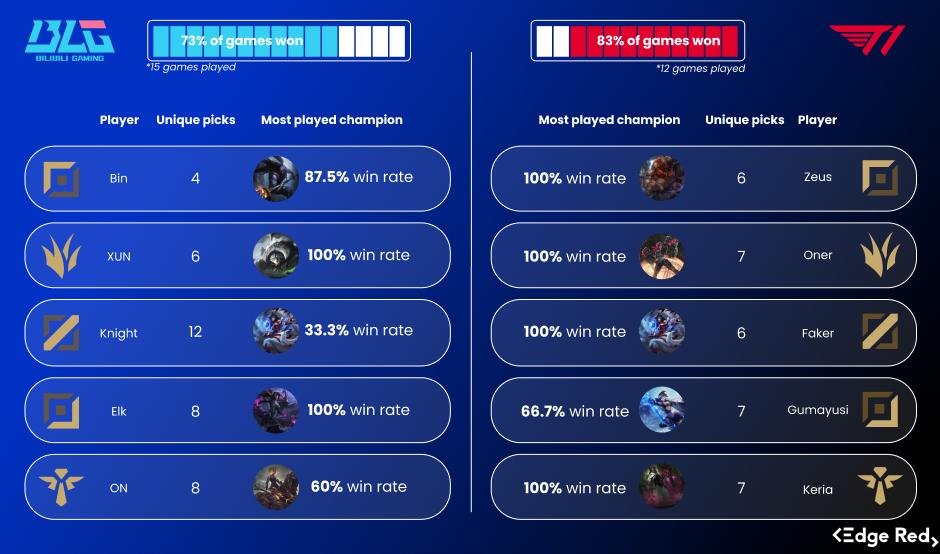
An individual player’s performance can be assessed using their average K/D/A (Kills/Deaths/Assists) – the ratio between total kills and assists in kills by player over their number of deaths. It is often used to measure a player’s impact on the game, with higher numbers indicating a dominating presence (i.e., more number of kills or kill participation than deaths).
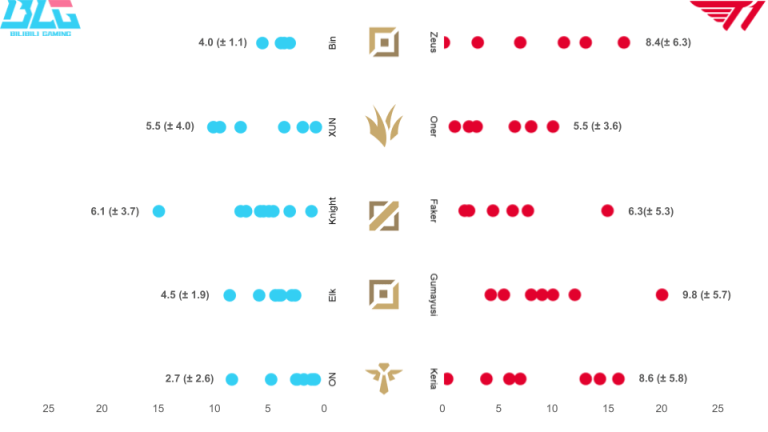
*K/D/A is a precarious measure – when deaths are ‘0’, it cannot be divisible – so they were divided by ‘1’
In comparing individual average K/D/A between players on both teams in the same role, it is evident that T1 players average higher kills and assists to deaths ratios across all their unique champions played, compared to their opponent. Notably however, BLG players show more consistency in average K/D/As (standard deviation) meaning – despite having an overall lower kills and assists to death ratios, their performance does not vary significantly across each unique champion.
Final predictions
Based on winrates alone, T1 is presenting a strong case with incredible success with their most picked champions. In addition to this, they demonstrate a wider range of champions played and on average, better player performance across the unique champions played. However, when it comes to predicting winners in a tournament, data doesn’t tell the full story, and individual performance can vary. Despite this, it does paint a picture of how well the teams and their players are performing using known metrics. These metrics are the key to evaluating performance quantitatively and has the potential to set benchmarks for other professional esports players, as well as a scouting guide for recruiting aspiring talents.
Here at EdgeRed, we are as passionate about data as we are about our favorite games and esports events. In anticipation of the finals this weekend, we asked our analysts who they think will win, as well as their match scores.
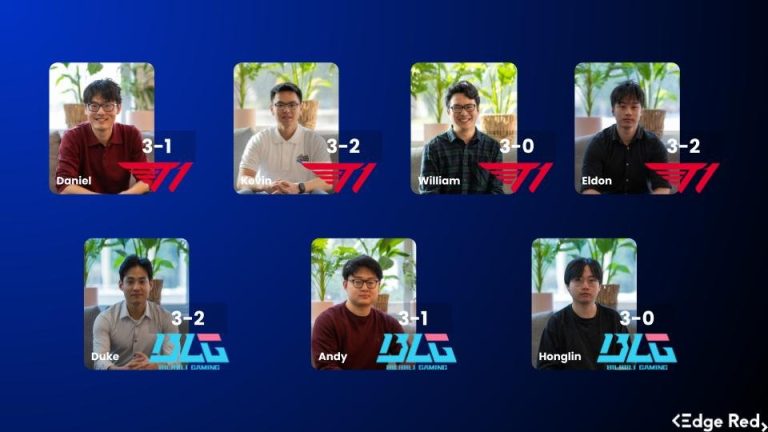
Best of luck to the finalists and tune in to find out who the winners are this weekend at 01:00am Sunday Nov 3rd 2024 (AEST) on lolesports.
Sources:
Viewership data – esportscharts
Champions and team data – gol.gg
Images: lolesports & esports.gg
Frequently Asked Questions (FAQ)
The finals are scheduled for Sunday, November 3rd, 2024, at 1 AM AEST in London. Be sure to tune in to watch the exciting match-up between BiliBili Gaming (BLG) and T1!
Various metrics were analysed, including team win rates, champion pick and ban statistics, player K/D/A (Kills/Deaths/Assists) ratios, and the flexibility of champion selections. These factors help paint a comprehensive picture of each team’s performance throughout the tournament.
The League of Legends Worlds Championship continues to grow in popularity, with the 2023 finals achieving a peak viewership of over 6.4 million. The 2024 semifinals already reached nearly 5 million viewers, indicating a strong trend in increasing engagement for esports events.
The champions’ pick and ban strategies are influenced by the current meta, which determines the most effective tactics available. Factors such as versatility, area of effect abilities, and player comfort with specific champions play crucial roles in shaping these strategies during the draft phase.
This blog was written by Moon
About EdgeRed
EdgeRed is an Australian boutique consultancy with expert data analytics and AI consultants in Sydney and Melbourne. We help businesses turn data into insights, driving faster and smarter decisions. Our team specialises in the modern data stack, using tools like Snowflake, dbt, Databricks, and Power BI to deliver scalable, seamless solutions. Whether you need augmented resources or full-scale execution, we’re here to support your team and unlock real business value.
Subscribe to our newsletter to receive our latest data analysis and reports directly to your inbox.



